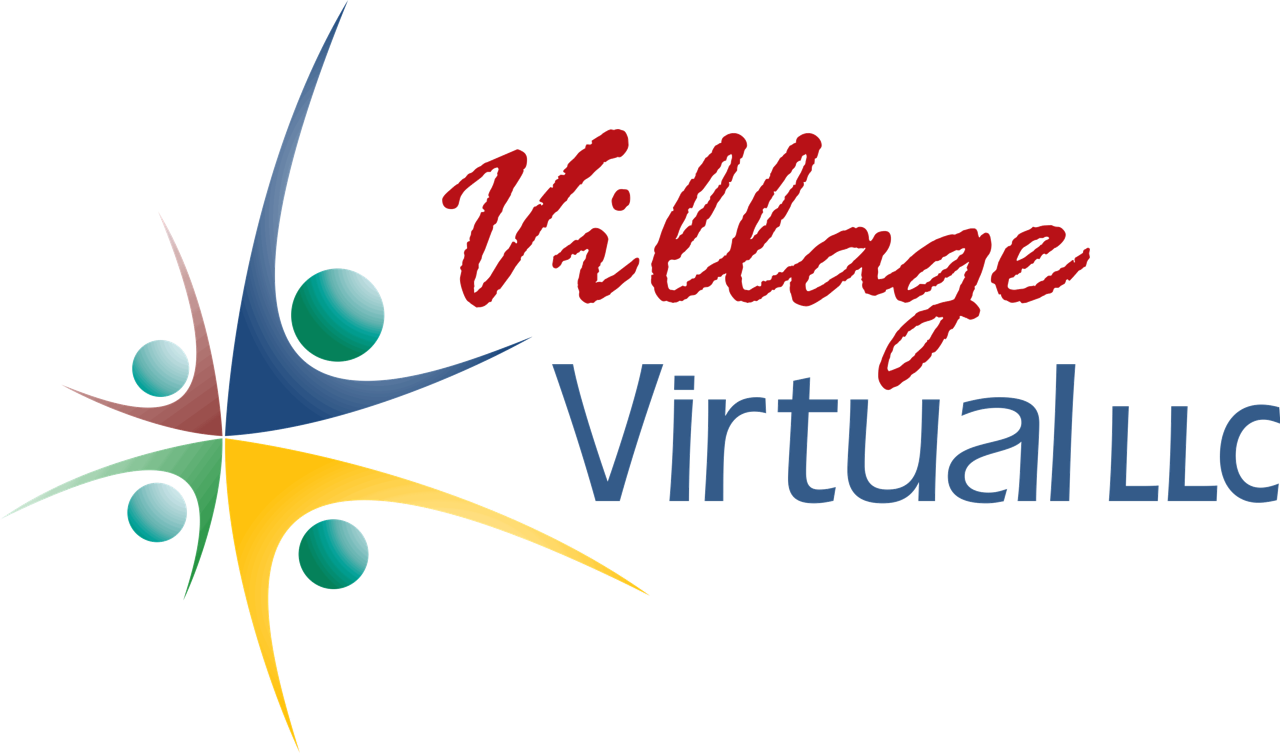Is Online Learning Harmful to Struggling Students?
In a recent article in The New York Times, Susan Dynarski (@dynarski) levels strong criticism against high schools who use online learning for credit recovery or for alternative options for students who are struggling in face-to-face classes. (Online Courses Are Harming the Students Who Need the Most Help) To some extent, I know that her criticism is justified. I remember the sick feeling I had in my stomach a number of years ago when the Director of Curriculum and Instruction for Hamilton County Schools at the time proudly announced in a Title I meeting that the summer credit recovery program (a two- or three-week initiative she had hosted at a local community college) had culminated in the awarding of more than 400 credits! My virtual school program students had earned far fewer credits that summer, but I knew the students in my program had engaged in rigorous content, had been robustly supported by course facilitators and student support specialists, and were undoubtedly going back to school that fall more prepared for the next level of learning than before they entered their courses. I know many educators can point to horror stories of students completing Algebra I in two weeks and similar egregious practices utilizing online learning, but that is not everyone's story.
Done appropriately, online learning is a powerful game changer for students who do not thrive in the traditional setting, regardless of their SPED or IEP status. The interactive nature of good online learning often focuses a student whose attention wanders. We have seen learners who are daily discipline problems in traditional school literally take off online. These students like having the ability to "rewind the teacher," to pause for note-taking, to review and retake assignments if the first result is not a keeper. A responsive online learning program that personalizes the learning experience for students who come to courses without adequate foundations for learning can easily add content to a level two foreign language course or scaffold middle school math or Algebra I content into a Geometry course to help address learning gaps in a timely and cost-efficient way. This level of personalization is just not possible in face-to-face settings. One Village Virtual course facilitator for English and Latin, Ron Heady, observes that his struggling students "have been very appreciative and responsive to my nagging and repeatedly asking them to 'add some more,' 'try again,' 'watch out for this kind of mistake next time,'" adding that many of them were just "beasts" (in the good sense of the word) when it came to getting work done.
I agree that students with strong academic skills do better in online courses and that just utilizing these opportunities to let advanced students "move when ready" is of great benefit. But I am completely opposed to the notion that some online students do poorly because they are online. These same students with no work ethic and no structure to their learning time will do poorly in face-to-face courses and online. The issue is not the course material, nor is it lack of access to assistance. While it may seem counterintuitive, online learning can be far more personal than classroom settings because the conversation with the course facilitator is one-to-one. The direct instruction, embedded directly within the course, is accessible, customizable, and repeatable -- options that are also not present in traditional schooling.
I think Professor Dynarski and I would agree on many, many things. But I don't believe online learning should be eschewed for credit recovery or limited to just the gifted. Schools need to avoid the cheap solutions they often buy from big-box vendors as credit recovery "solutions" and spend the money to do it right. With appropriate support and solid curriculum, online learning can offer many benefits to all types of learners.
